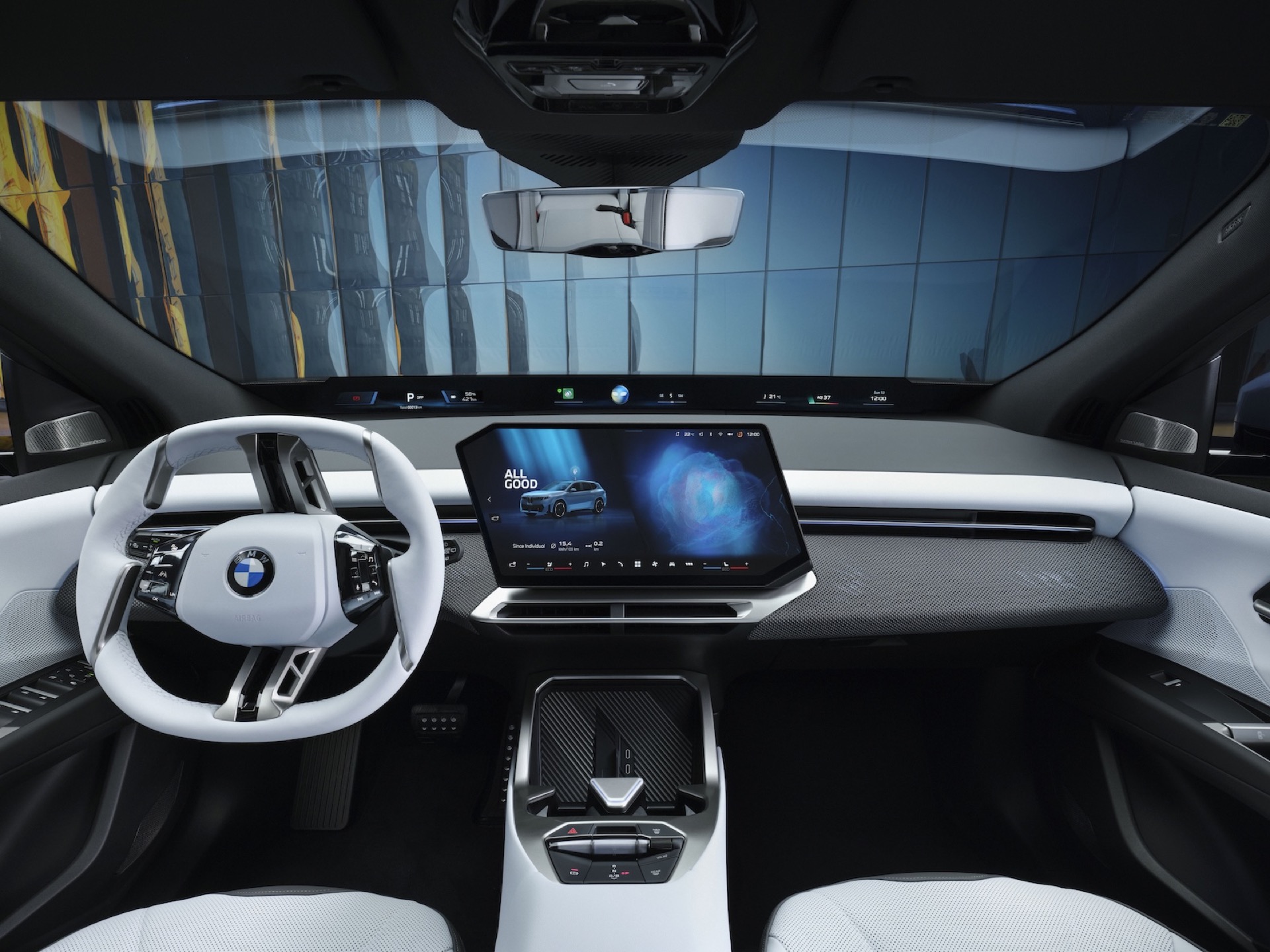BMW is reinventing itself. The clumsy term “Neue Klasse” has finally taken shape, and the all-new iX3 is its first physical expression. Five more models will follow by 2027, with the underlying technology expected to flow into 40 future BMW vehicles. Ahead of the 2025 IAA, the Munich brand is calling this transition the biggest in its history. But first and foremost, the BMW iX3 is a brand-new car – and a very good one at that.
The true significance of a new model usually only becomes clear after several years. In this case, however, the impact is already obvious. The new iX3 isn’t just another SUV – it’s the car designed to redefine BMW itself. Production, development, design, user interface: nearly everything has been rethought. This shift towards an all-electric future will be led by six Neue Klasse models, starting with the iX3. “Neue Klasse is our most important future project,” explains BMW CEO Oliver Zipse. “It represents a giant leap in technology, driving experience and design. Practically everything about it is new – and yet it’s more BMW than ever. Our entire portfolio will benefit from the innovations of the Neue Klasse, regardless of powertrain.”
The previous iX3 was little more than a stopgap solution. Initially intended only for the Chinese market, it was quickly brought to Europe once it was clear the demand for EVs in the SUV segment was growing rapidly. However, it was based on a platform designed for combustion engines, came only with rear-wheel drive, and was limited to 180km/h – not exactly what BMW buyers were looking for. Unsurprisingly, it failed to resonate with the brand’s traditional customer base, who remained loyal to efficient diesel models.
The new iX3 changes everything. Measuring 4.78 metres in length, it has been developed from the ground up as a pure EV. It features fresh design language, streamlined development processes and a completely new architecture that will underpin at least five additional models. Launching as the iX3 xDrive50, it delivers 345kW (469bhp) and 675Nm of torque. More variants – both more and less powerful – will follow.

With a claimed consumption of just over 15kWh/100km and a battery capacity of 108.7kWh (featuring 20% higher energy density), the WLTP range can reach up to 800km. Thanks to its 800-volt electrical system, the iX3 can recharge 370km of range in just ten minutes at up to 400kW, rivalling combustion-engine refuelling times. Top speed is limited to 210km/h. Standard AC charging is 11kW, with a 22kW option available. Bidirectional charging allows for V2L (vehicle-to-load), V2H (vehicle-to-home) and even V2G (vehicle-to-grid) functionality.
Chassis, brakes, steering and driver assistance systems are all connected via four high-performance computers. However, level 3 autonomous capability won’t be available at launch. Instead, the iX3 will carry over the same systems currently seen in the BMW i5. Still, it excels in other areas: sustainability, for example. Built at BMW’s new Debrecen plant, the iX3 boasts a 34% reduction in lifecycle CO₂ emissions compared to its predecessor.

Inside, there’s ample space for five, but traditionalists may be shocked by the cockpit. The familiar BMW instrument cluster is gone, replaced by a slim display strip along the base of the windscreen, a central touchscreen and a head-up display. The longstanding three-spoke steering wheel has also been retired. In its place is a new, illuminated four-spoke design intended to guide drivers through BMW’s latest iDrive interface.
Boot space stands at 520 litres, expandable to 1,750 litres with the rear seats folded. A 58-litre front compartment is available for charging cables and small items. The base price for the BMW iX3 xDrive50 is expected to start at €68,900.

